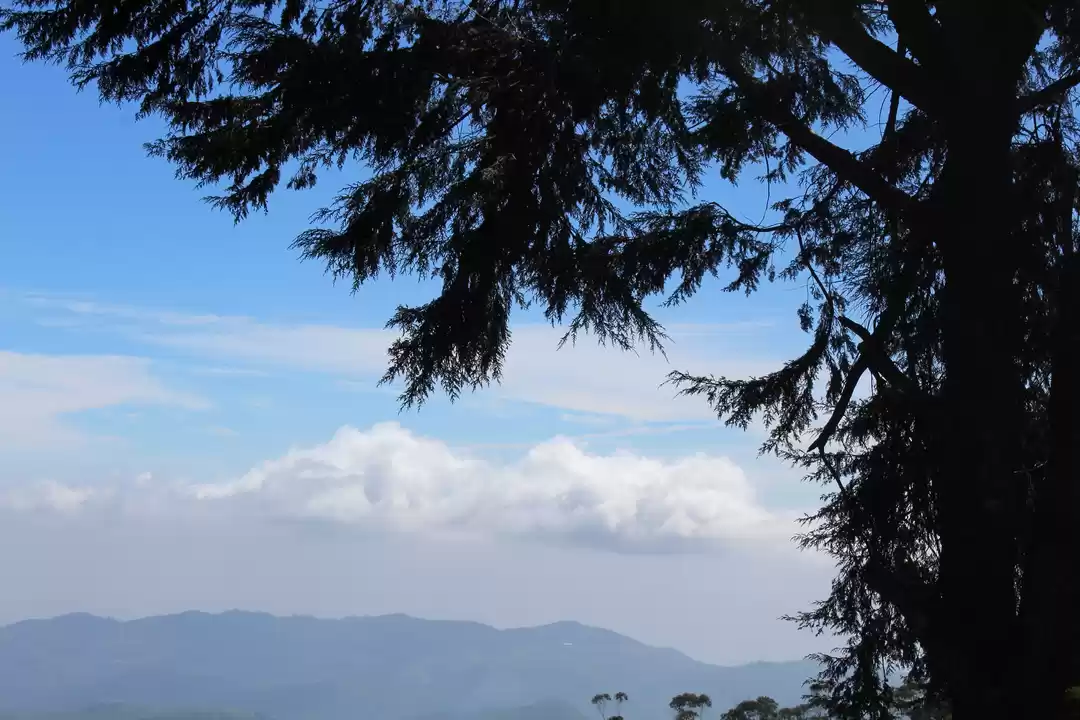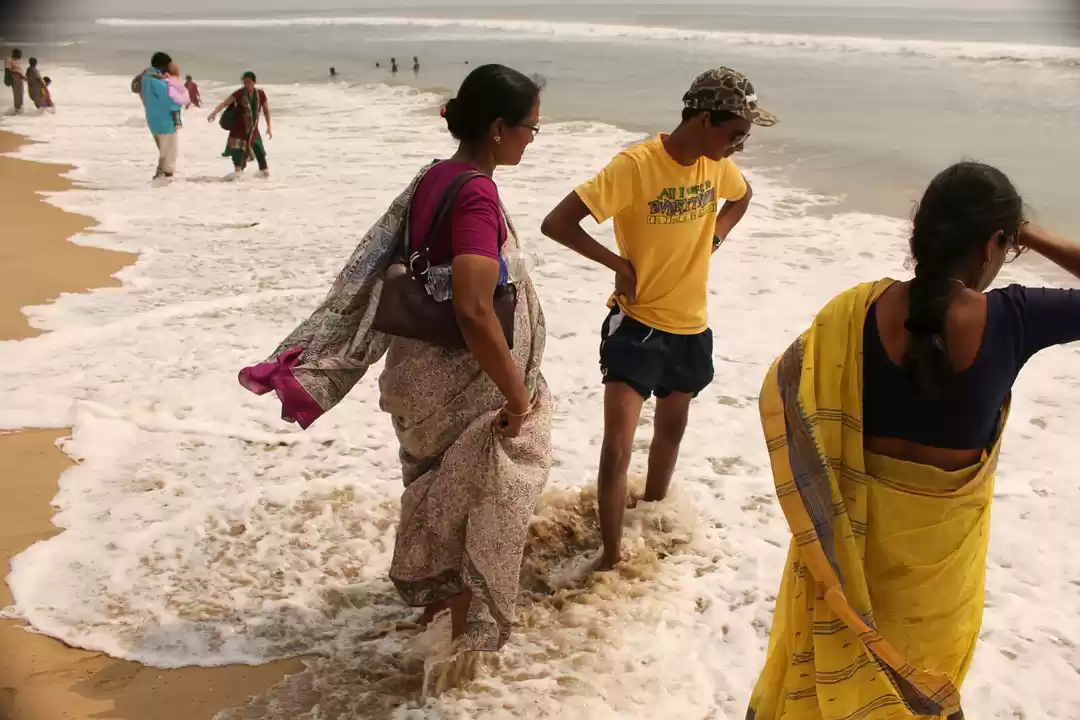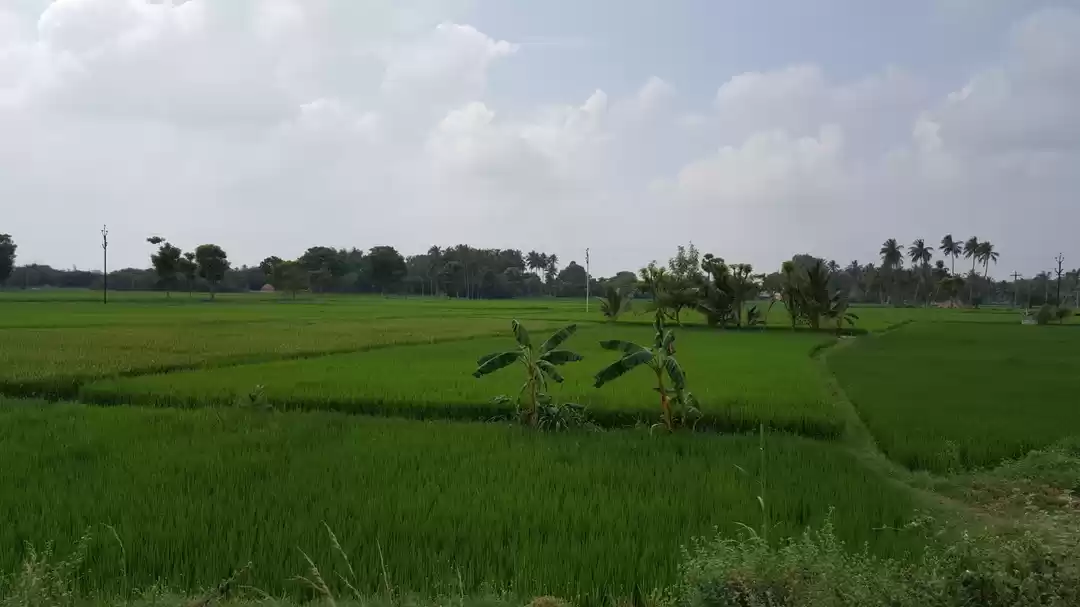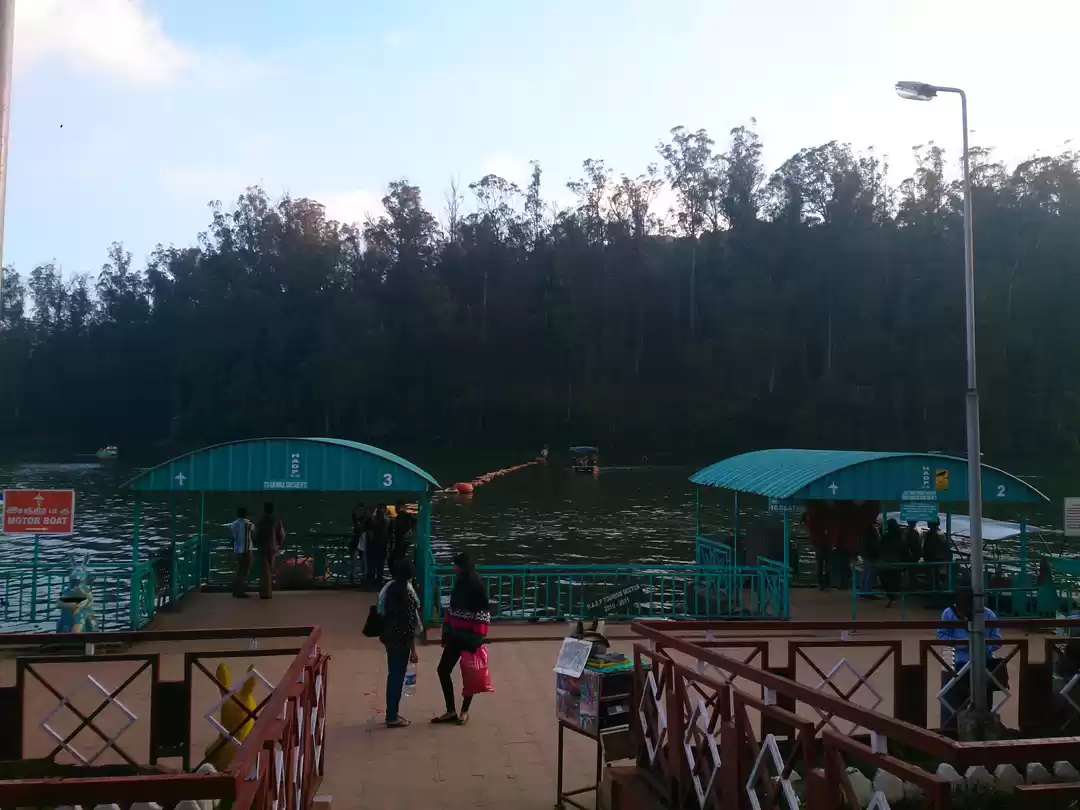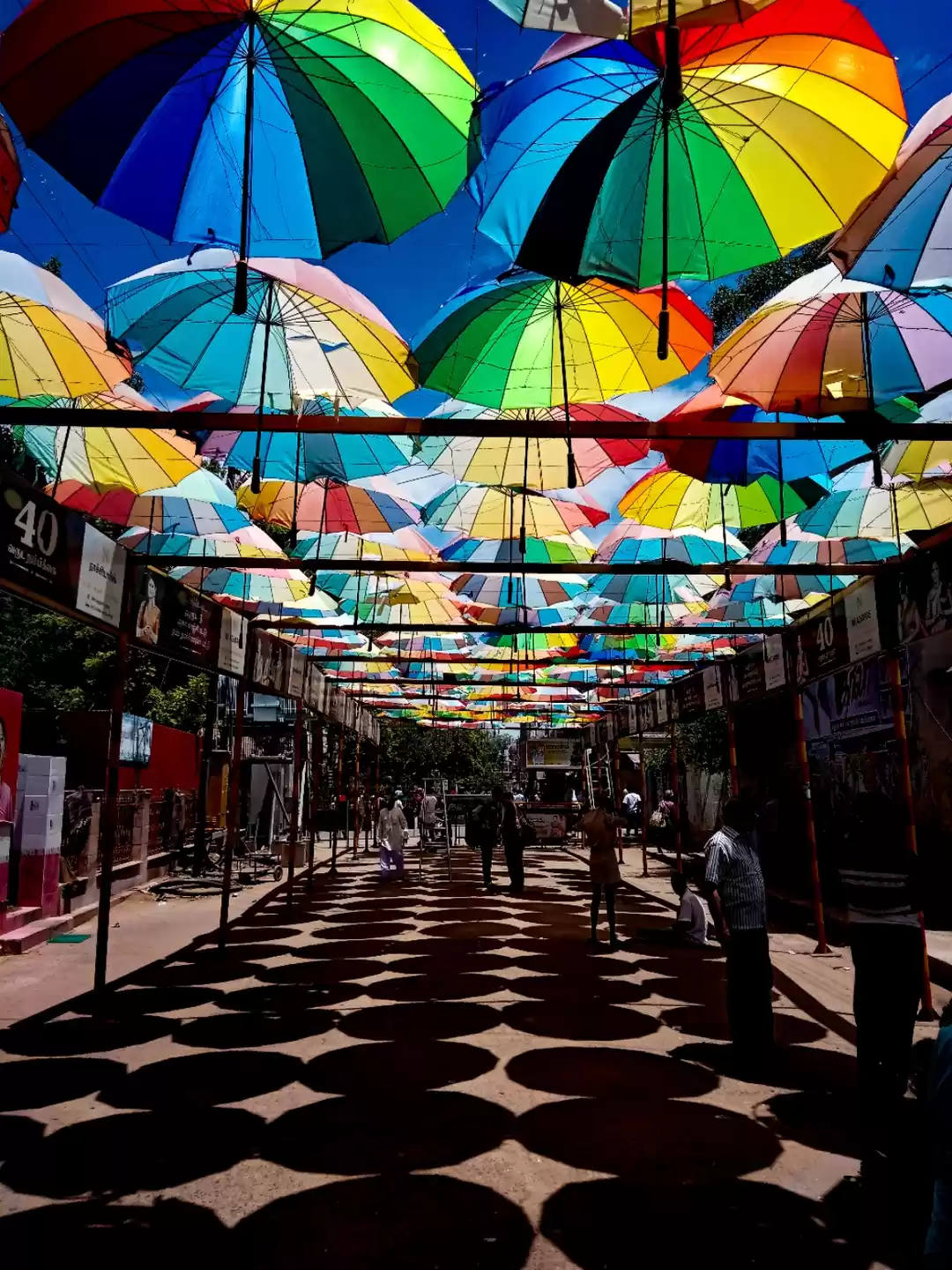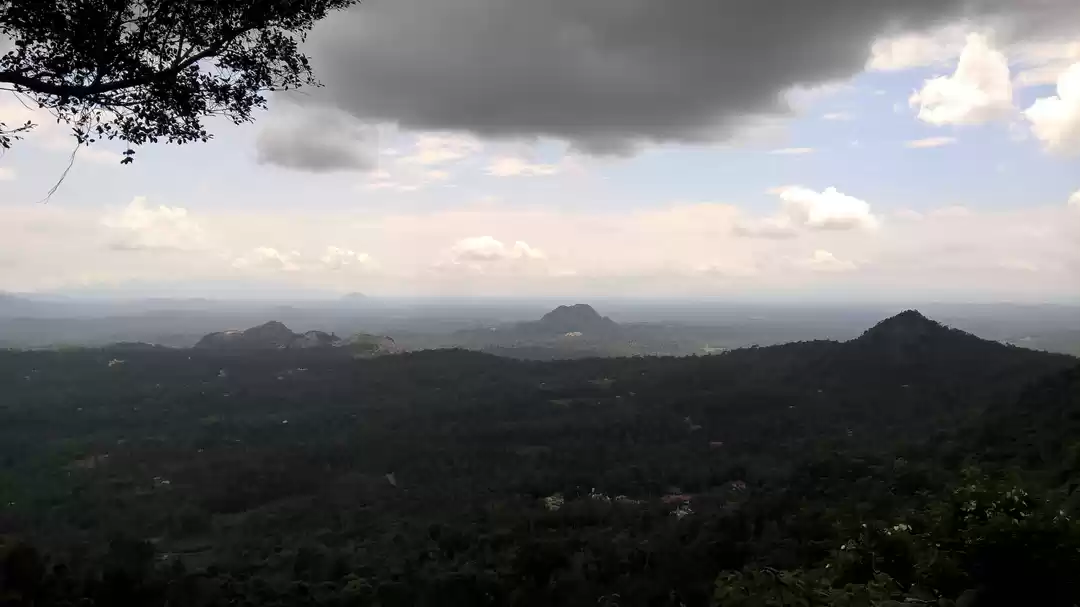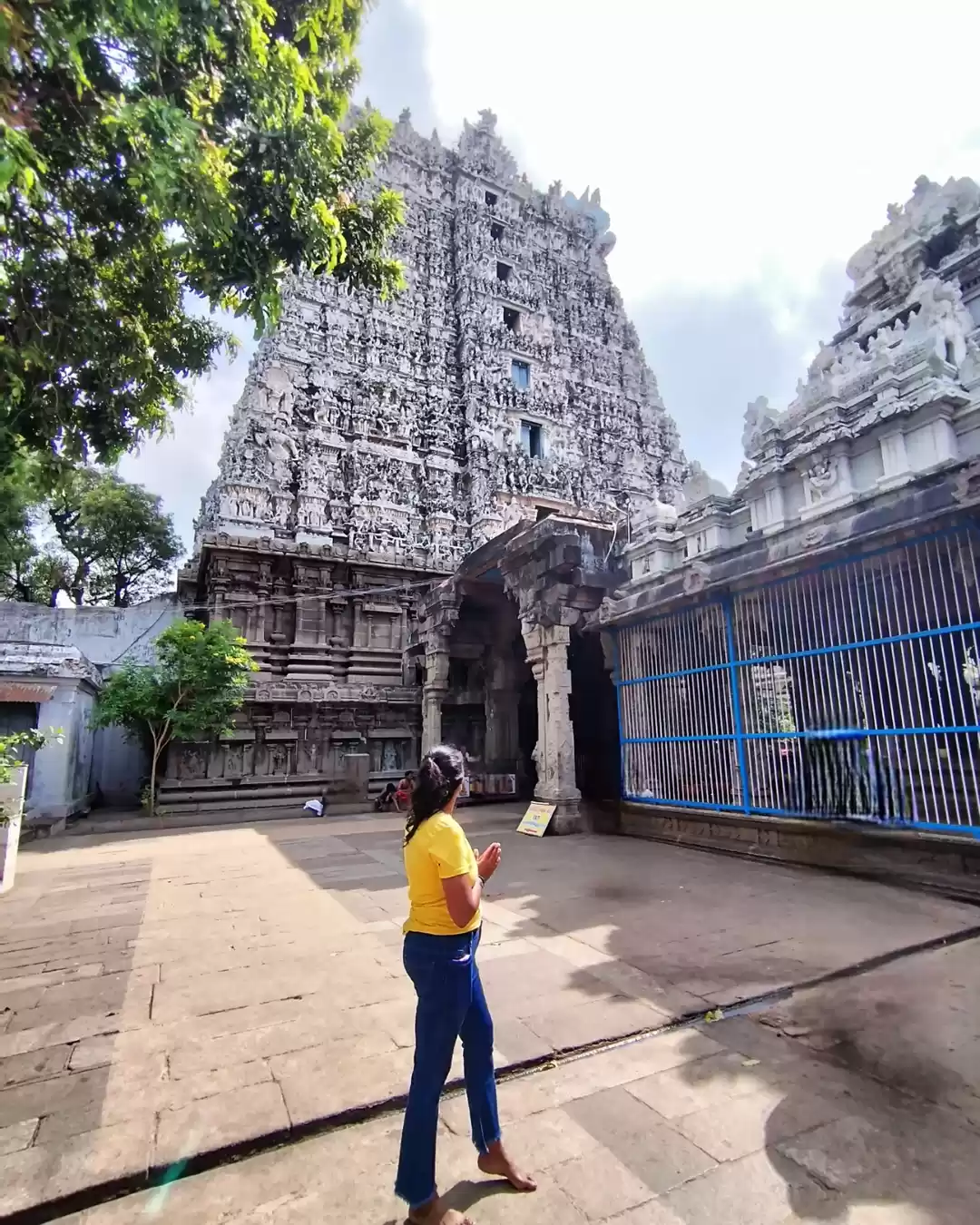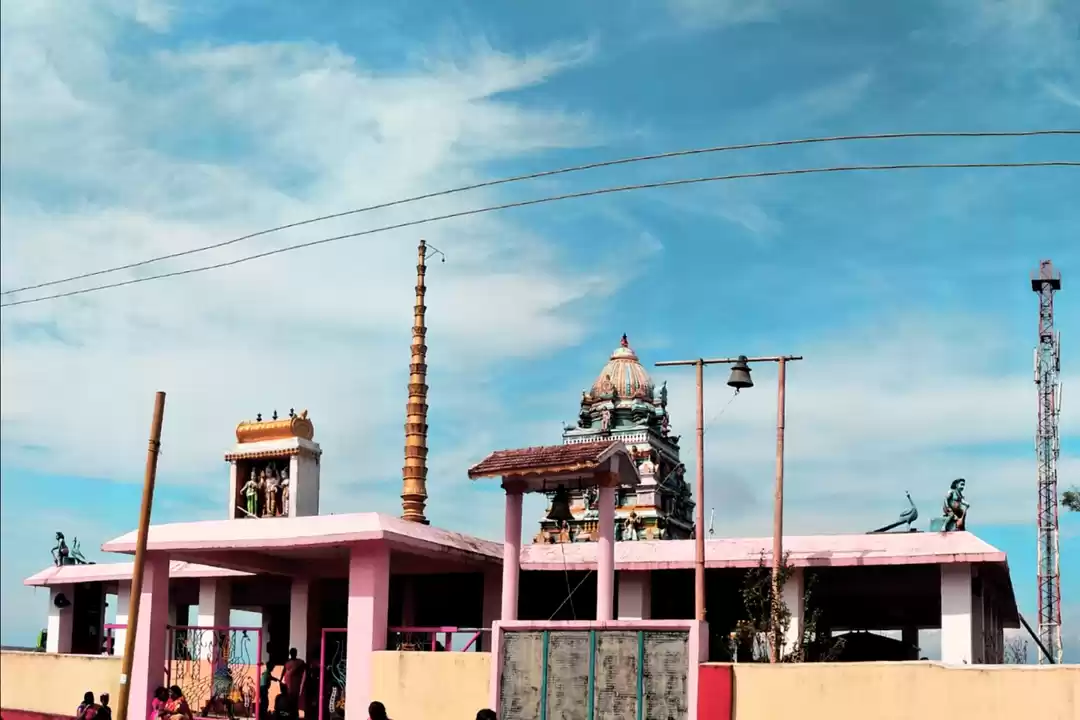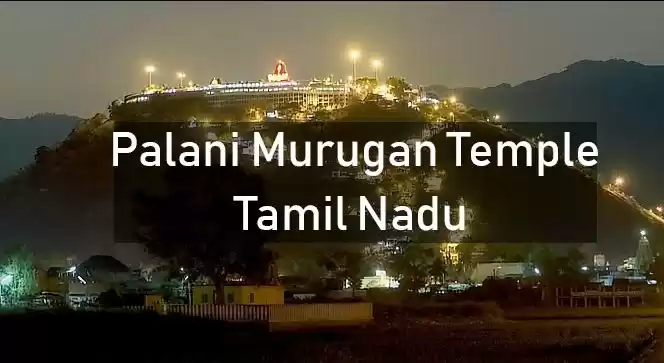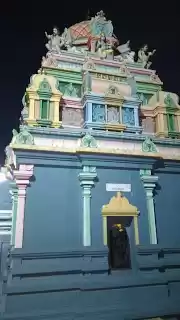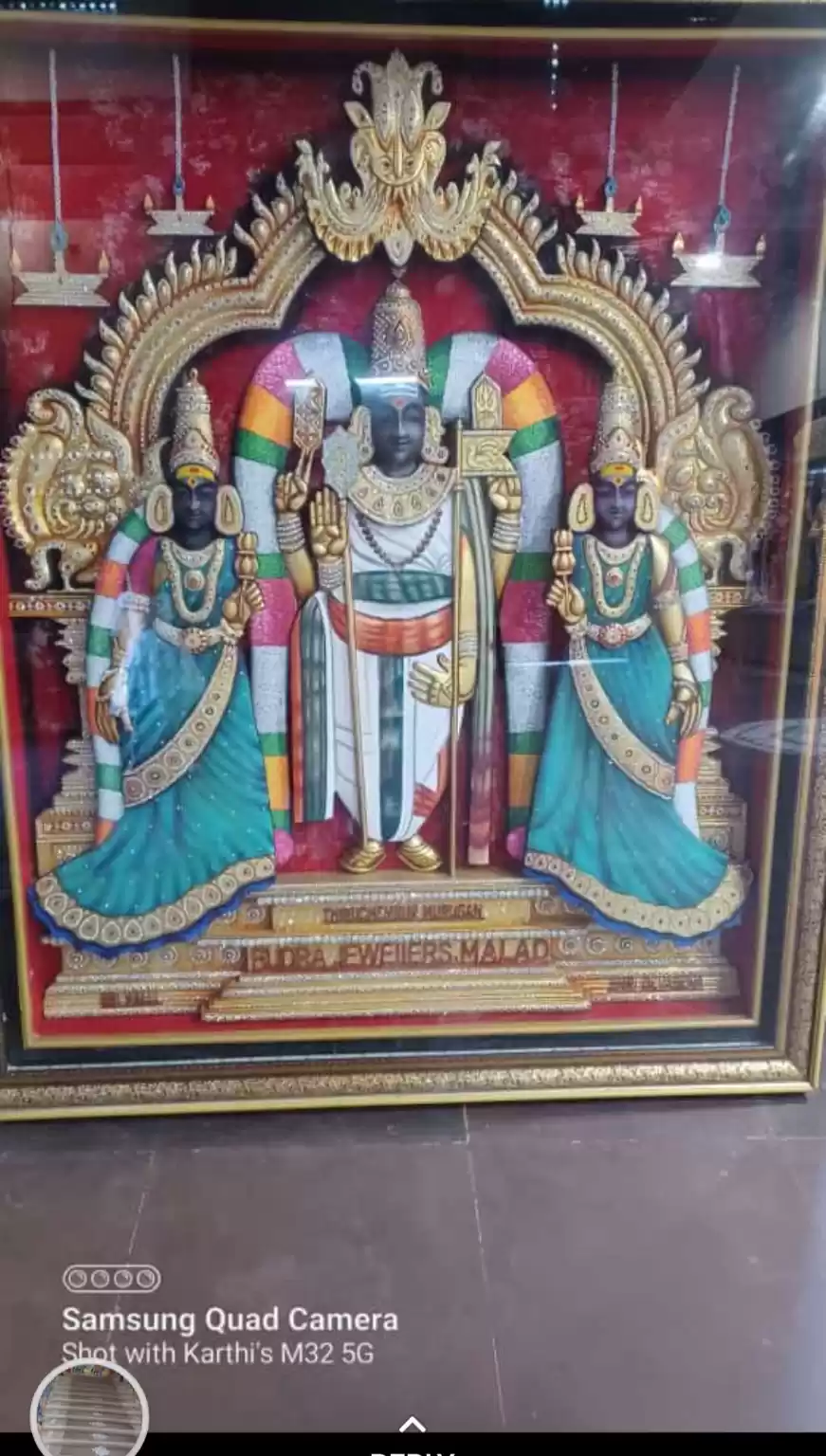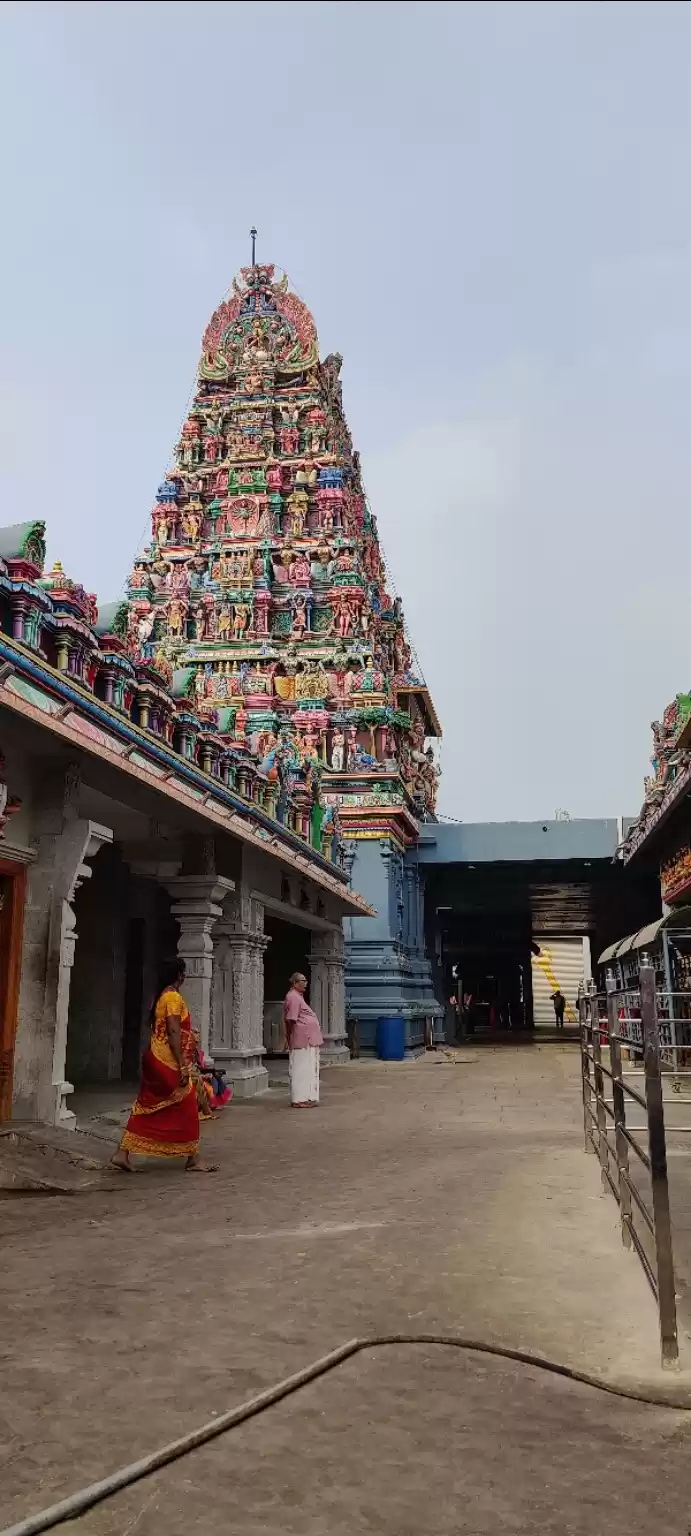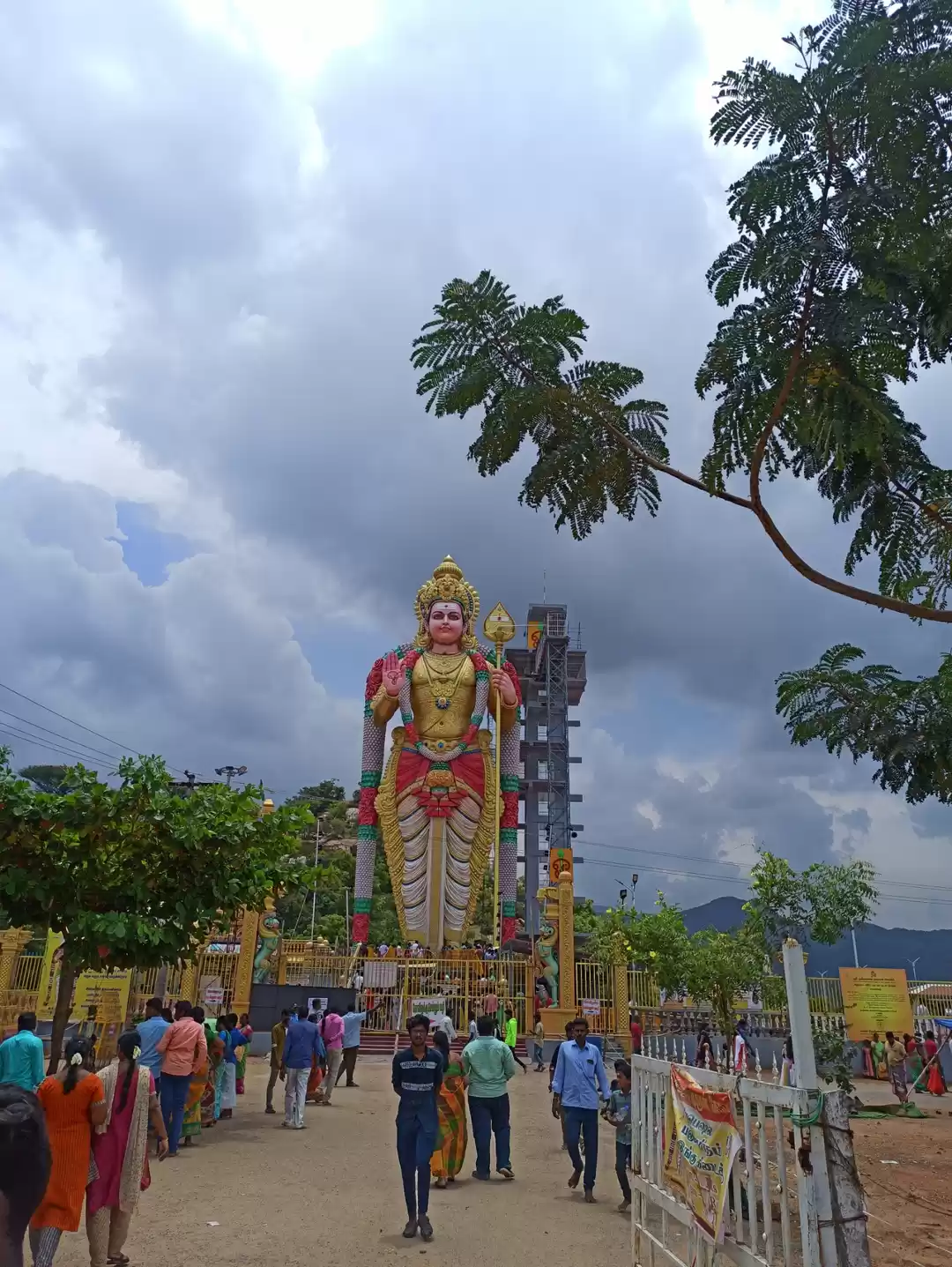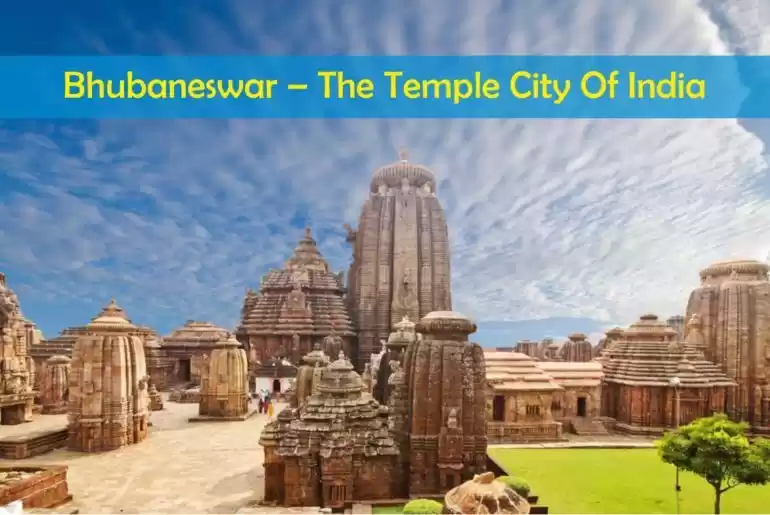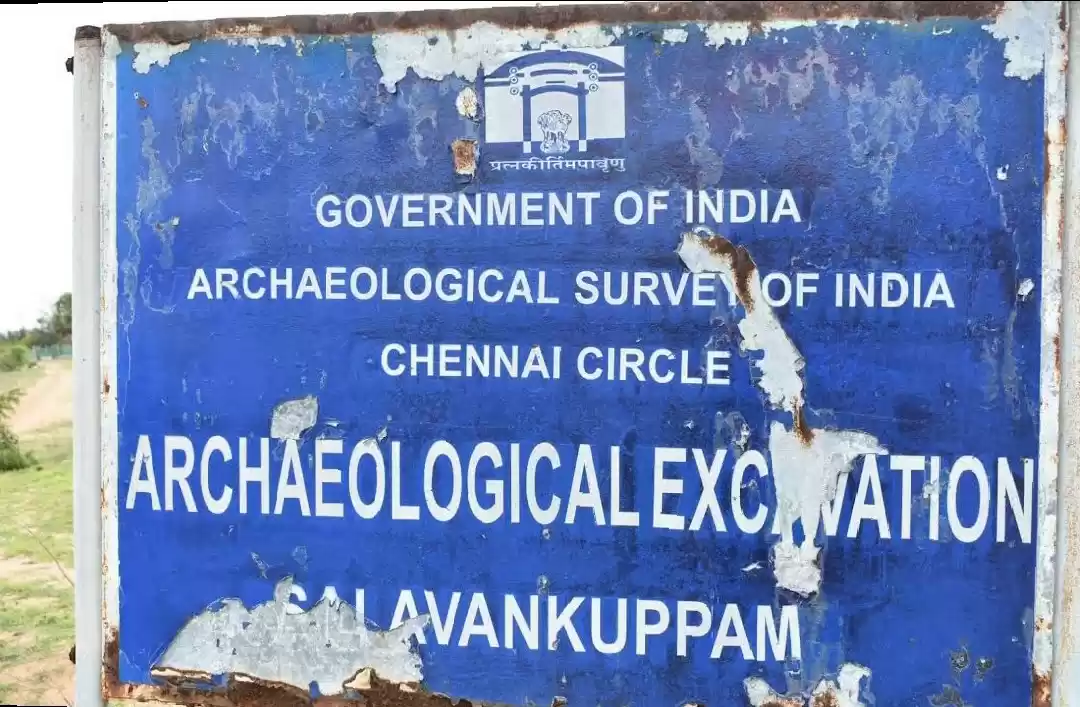Have you ever wondered why Thiruchendur Murugan Temple is the only temple among the six abodes of Lord Murugan that is located near the sea? Do you know the legend behind the temple and its connection to Lord Murugan’s ultimate battle with the demon king Surapadman? Do you want to experience the beauty and bliss of this ancient temple and its surroundings? If yes, then read on to find out everything you need to know about Thiruchendur Murugan Temple, one of the most esteemed religious places of south India and one of the six abodes of Lord Murugan, the son of Lord Shiva and Goddess Parvati.
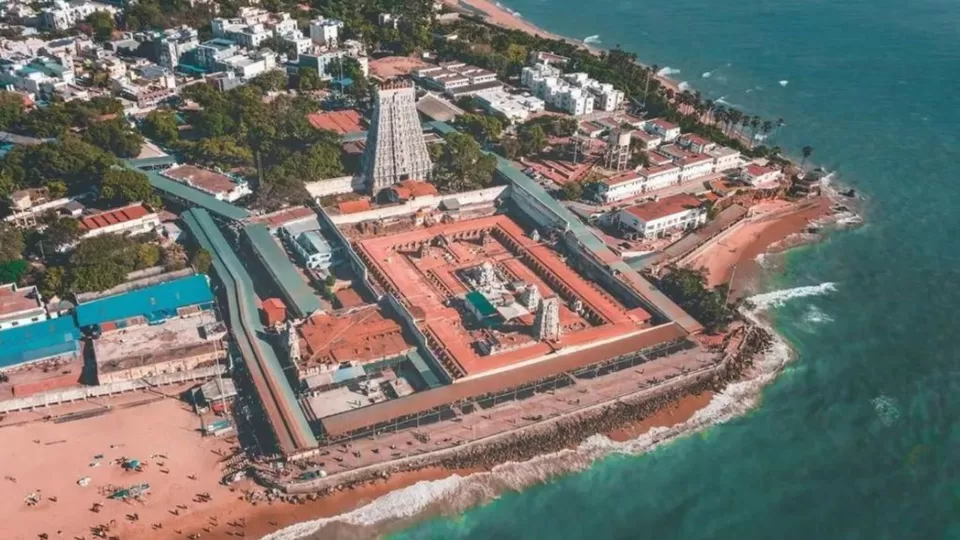
History
Thiruchendur Murugan Temple has a rich and fascinating history that dates back to the ancient times. According to the legend, Lord Murugan, the god of war, wisdom, and youth, was born to destroy the evil forces led by Surapadman, the demon king. He waged a fierce war against Surapadman and his army for six days, and on the seventh day, he vanquished Surapadman with his divine weapon, the Vel. He then chose Thiruchendur as his abode to celebrate his victory and to worship his father, Lord Shiva. He also instructed Mayan, the divine architect, to build a temple for him at Thiruchendur.
Thiruchendur Murugan Temple is the second among the six abodes of Lord Murugan, and the only one that is located near the sea. The other five abodes are Palani, Swamimalai, Thiruthani, Pazhamudircholai, and Thirupparankunram. Thiruchendur is also known as Thirucheeralaivai, which means the sacred seashore. The temple has been visited and praised by many saints, poets, and kings over the centuries. The temple has also witnessed many renovations and expansions by different rulers and devotees. However, the temple also faced a dark period in its history, when it was captured and looted by the Dutch East India company in 1648. The Dutch took away the idol of Lord Murugan and many other valuables from the temple. However, the locals and the Maratha king fought back and recovered the idol and restored the temple to its original glory.
Architecture
Thiruchendur Murugan Temple is a marvel of ancient architecture, which showcases the skill and devotion of the craftsmen and the patrons. The temple has a nine-storeyed temple tower, which is 137 feet high and has intricate carvings of various gods and goddesses. The temple tower is located on the western side of the temple, unlike other temples where it is on the eastern side. This is because the temple faces the east, towards the sea, and the temple tower acts as a beacon for the sailors and the pilgrims.
The sanctum sanctorum of the temple is where Lord Murugan is seen in a rare posture of worshipping Lord Shiva. Lord Murugan is also known as Shanmugar, the six-faced god with twelve arms, who represents the six attributes of wisdom, strength, fame, wealth, beauty, and renunciation. The idol of Lord Murugan is made of granite and is adorned with gold and jewels. The idol is also believed to have miraculous powers and to grant the wishes of the devotees.
The temple complex also houses various other shrines, such as the shrines of Lord Vishnu, Lord Ganesha, Lord Shiva, Goddess Parvati, and Goddess Valli and Devasena, the consorts of Lord Murugan. The temple also has a vast mandapam with 124 pillars, which is used for conducting various ceremonies and events. The temple is surrounded by a high wall, which protects it from the sea and the invaders. The temple also has a sacred tank, called the Nanda Gopala Theertham, where the devotees take a holy dip before entering the temple.
Festivals
Thiruchendur Murugan Temple is a hub of religious and cultural activities, where many festivals are celebrated throughout the year. The most important festivals are the two Brahmotsavams, which are the Skanda Sashti in October-November and the Thai Poosam in January-February. These festivals attract lakhs of devotees from all over the world, who come to witness the grandeur and the grace of Lord Murugan.
The Skanda Sashti festival commemorates the victory of Lord Murugan over Surapadman, and is celebrated for six days. During this festival, the devotees recite the Kanda Shasti Kavasam, a hymn composed by a devotee in praise of Lord Murugan, and seek his blessings and protection. The highlight of the festival is the Soorasamharam, which is the re-enactment of the final battle between Lord Murugan and Surapadman. The festival ends with the Thirukalyanam, which is the divine wedding of Lord Murugan and Goddess Devasena.
The Thai Poosam festival marks the birthday of Lord Murugan, and is celebrated for ten days. During this festival, the devotees make various offerings to the god, such as the Kavadi, which is a wooden or metal arch decorated with flowers and peacock feathers, and carried on the shoulders. The Kavadi symbolizes the burden of the sins and the devotion of the devotees. Another offering is the Pal Kudam, which is a pot filled with milk and carried on the head. The milk is then poured on the idol of Lord Murugan as a sign of gratitude and purification. The most spectacular offering is the Thanga Ther, which is a golden chariot pulled by the devotees along the streets of Thiruchendur. The Thanga Ther is a magnificent sight to behold, as it reflects the glory and the splendor of Lord Murugan.
Some of the other festivals celebrated in the temple are the Panguni Uthiram, which is the anniversary of the marriage of Lord Murugan and Goddess Valli, the Vaikasi Visakam, which is the day when Lord Murugan received his Vel from his mother, Goddess Parvati, and the Aadi Krithigai, which is the day when Lord Murugan was born as the six-faced god.
How to visit
Thiruchendur Murugan Temple is located in the Thoothukudi district of Tamil Nadu, about 40 km from the city of Thoothukudi and 60 km from the city of Tirunelveli. The temple is easily accessible by road, rail, and air. The nearest airport is the Thoothukudi airport, which is connected to major cities like Chennai, Bengaluru, and Coimbatore. The nearest railway station is the Thiruchendur railway station, which is connected to Tirunelveli, Madurai, and Chennai. The temple is also well connected by bus services from various towns and cities in Tamil Nadu and Kerala.
The temple is open for darshan from 5 am to 9 pm, with some breaks in between. The devotees can also book online for darshan or pooja through the official website of the temple. The best time to visit the temple is during the festivals, especially the Skanda Sashti and the Thai Poosam, when the temple is decorated and illuminated with lights and flowers. However, the temple is also crowded during these times, so the devotees should plan their visit accordingly.
The devotees can also explore the nearby places of interest, such as the Thiruchendur beach, which is a serene and scenic spot to relax and enjoy the view of the sea and the temple. The beach also has a memorial for the freedom fighter V.O. Chidambaram Pillai, who was born in Thiruchendur. Another place to visit is the Valli’s Cave, which is a natural cave where Lord Murugan wooed and married Goddess Valli, the daughter of a tribal chief. The cave also has a small temple dedicated to the divine couple.
The devotees can also find many options for accommodation near the temple, ranging from budget hotels to luxury resorts. Some of the popular hotels are the Hotel Chitra Park, the Hotel Tamilnadu, the Hotel Udhayam International, and the Hotel Siva Murugan. The temple also provides free accommodation for the pilgrims in its guest houses and cottages.
Conclusion
Thiruchendur Murugan Temple is a divine abode by the sea, where Lord Murugan resides and blesses his devotees. The temple is a treasure trove of history, architecture, and culture, which reflects the faith and devotion of the people. The temple is also a place of joy and celebration, where many festivals are held and many offerings are made to the god. The temple is a must-visit for anyone who wants to experience the beauty and bliss of Lord Murugan and his sacred seashore.
Have you visited Thiruchendur Murugan Temple? If yes, share your experience and feedback with us. If not, what are you waiting for? Plan your trip

